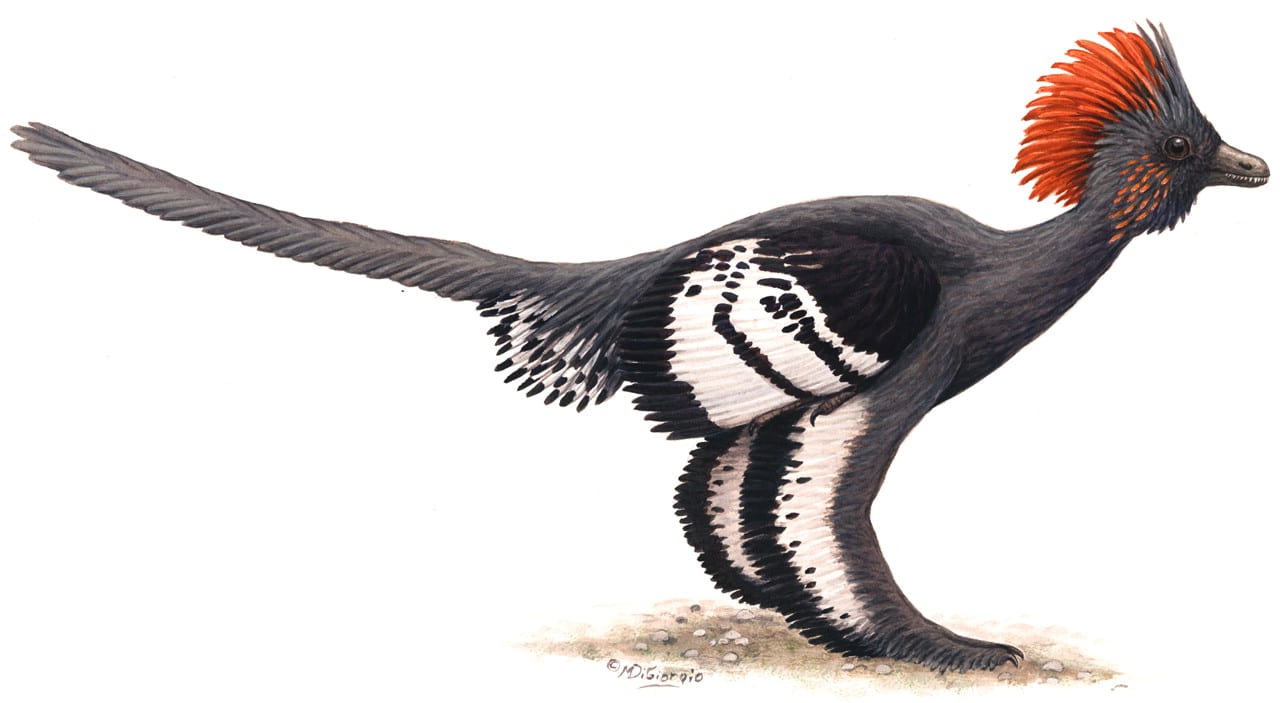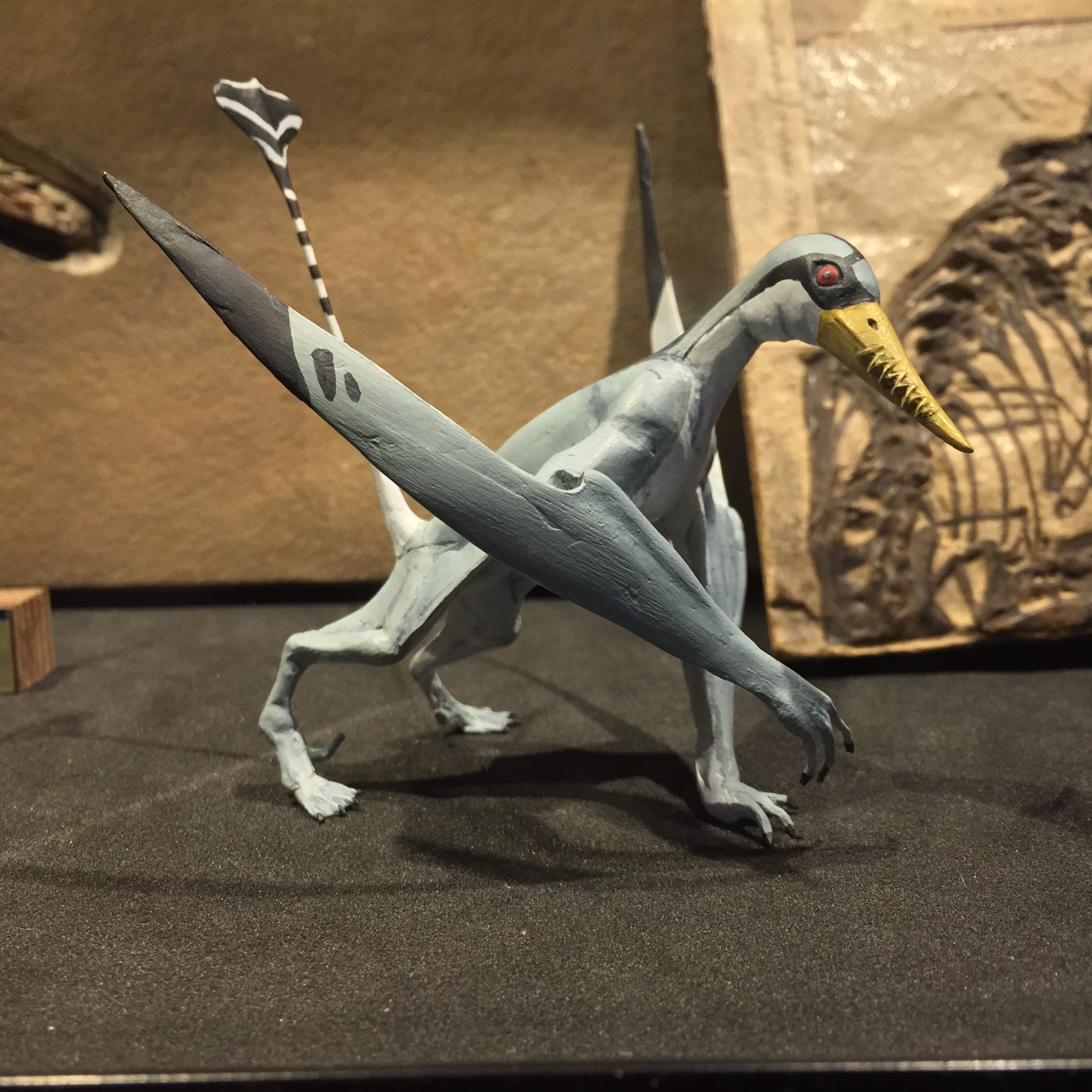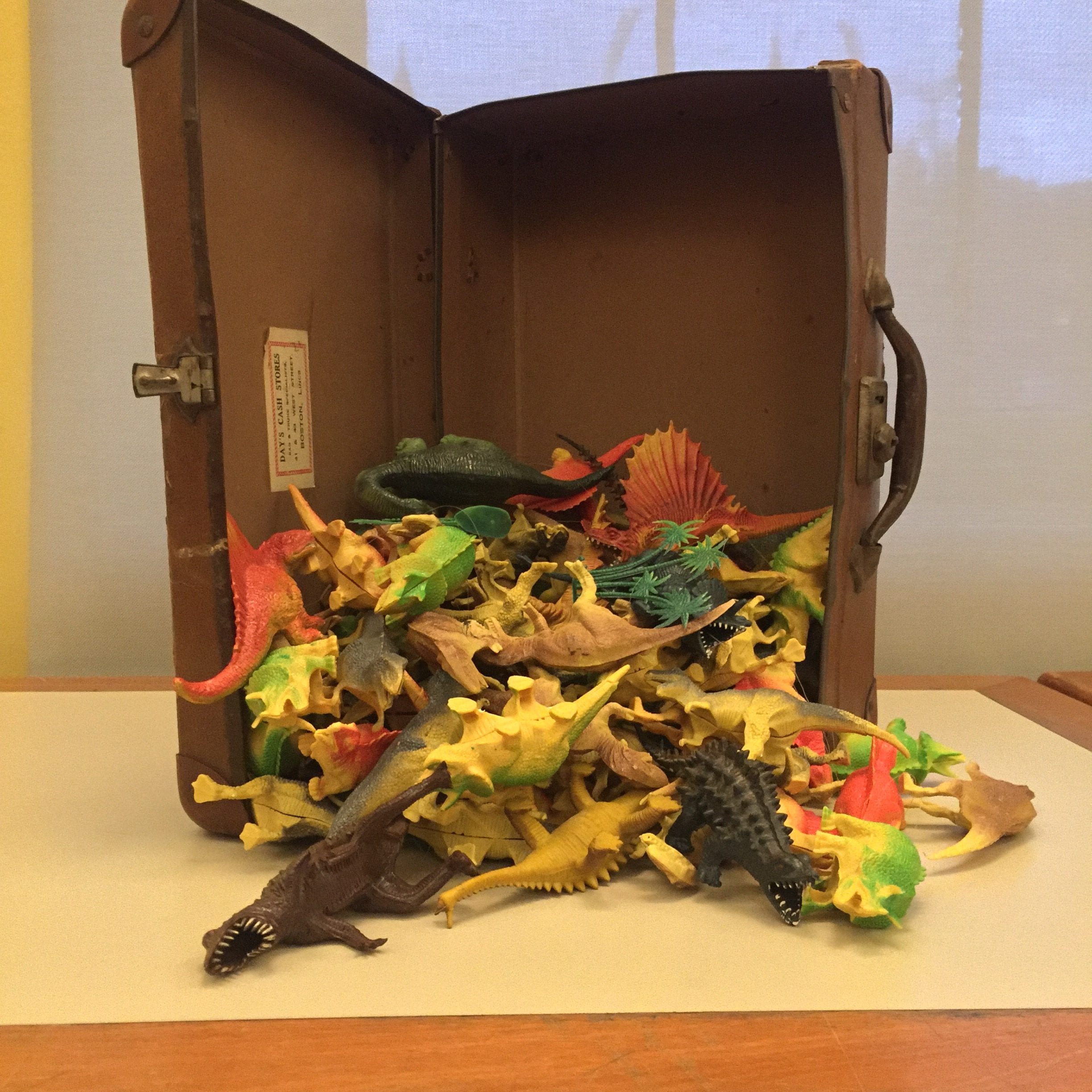When Plastics Saved Turtles
By Mark V Kearney, on 25 May 2019
As you may now know, UCL Culture has decided to defund our program next month and so this will be my final post. I thought I would take this opportunity to give a little back story to my PhD project and tell you all about how once upon a time plastic saved the fate of turtles!
Throughout history, natural materials such as tortoise shell and ivory have been coveted by the rich and famous. This led to two things happening – the price of these materials became very high (meaning it really was the rich and famous who could afford them) and the stock levels declined. By stock levels I mean the killing of thousands of animals such as the Hawksbill turtle to feed the needs of the bourgeoisie.
The Grant Museum has three fantastic examples of Hawksbill turtles on its back wall. I normally stand beside them so that I can kidnap engage with people about my work.
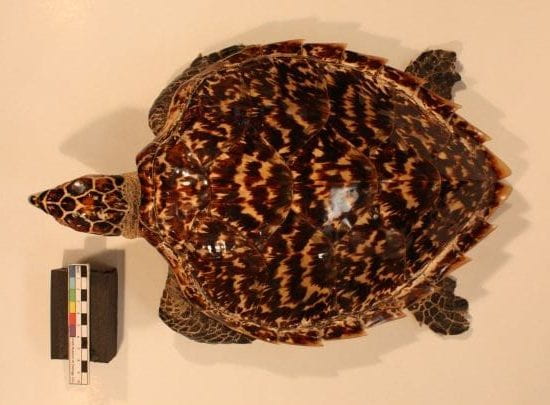
Figure 1 – Eretmochelys imbricata or known by its common name Hawksbill Turtle that is on display at the Grant Museum. (Object Number X1226)
By the mid-18th century, the farming of turtles for their shells had gotten to the point where we almost caused their extinction. A similar point had been reached with ivory where demand far outweighed supply. To give you an idea of the scale of what can only be described a mass slaughter, have a look at this doll’s house currently on display at the Rijksmuseum in Amsterdam – the outside is totally covered in tortoise shell!
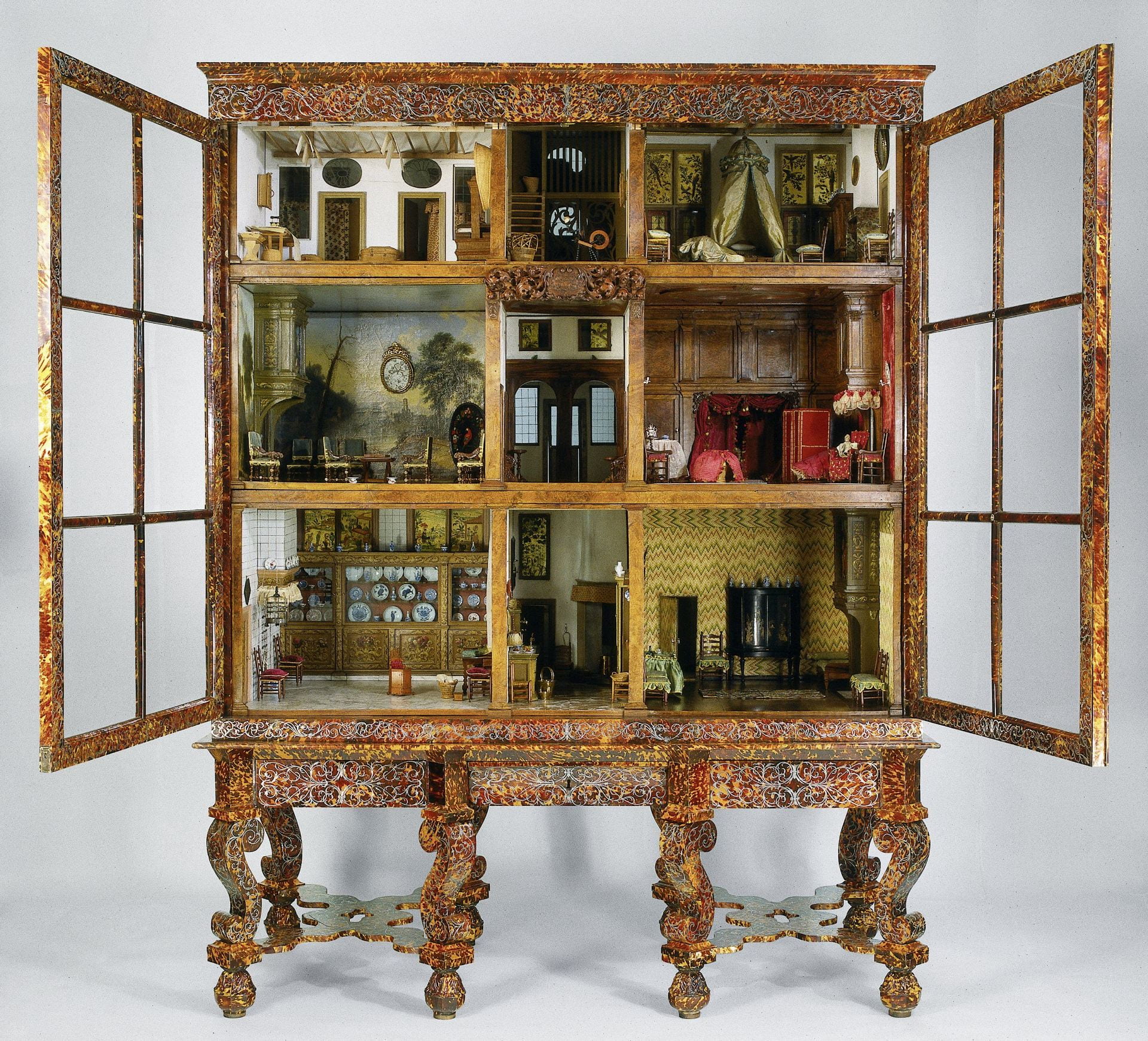
Figure 2 – Dolls’ house of Petronella Oortman. Part of the collection at the Rijksmuseum. The object is totally covered with tortoise shell. It measures h 255.0cm × w 190cm × d 78cm which is a huge surface area to cover in shell!
These natural materials were being used for everything: shirt collars, corset boning, piano keys, knife handles, spectacle frames, combs and brush handles, to name the most common ones. The rising cost and demand for these materials lead to a prize of $10,000 being offered to anyone who could develop a material to replace one particular use of ivory: billiard balls. $10k in 1860 s was a huge sum of money — about $300k today!
Around this time, a material called cellulose nitrate had been discovered and was being used in England by Alexander Parkes. John Wesley Hyatt, an American scientist, added heat, pressure and camphor to this material and created what we consider the first successful plastic. This material was hugely popular and allowed the democratisation of many goods which up to that point had been exclusively in the literal hands of the 1%ers.
However, the only issue with cellulose nitrate was that it was HIGHLY flammable. Even today, it’s considered highly dangerous. Even in UCL’s chemistry department, where we have all the safety precautions, you could expect, when we asked to make some for our research we were turned down as the method carries so much risk. Storing this historic plastic is also a major issue. In 1929 a major fire at a hospital in Cleveland, where 123 people were killed, was caused by x-ray negatives made from cellulose nitrate igniting. Because of this danger, the material was changed and cellulose acetate was developed instead. Cellulose acetate is most noted for its ability to mimic tortoise shell and is highly prized in glasses frame manufacture.
While the development of plastic didn’t totally stop the culling, it did slow it enough so that these fantastic animals are still around today.
These two materials are known as semi-synthetic plastics because they are based on cellulose rather than petroleum. It’s not till the development of Bakelite in at the turn of the 20th century that we get fully synthetic plastics. But even at this point plastics held a privileged place within the hierarchy of materials. This changed after the second world war, where mass industrialisation and production of plastic altered its role from being a highly prized replacement for natural materials to what we unfortunately now know it to be – a mass-produced, often poorly made, single-use throwaway object.
Clearly this move away from small scale production of plastic has produced horrific results for the natural environment. But history is starting to repeat itself again and many of the new plastics being developed are based on cellulose, which naturally decays and can be composted. So, in a way, cellulose acetate is again saving turtles!
 Close
Close




